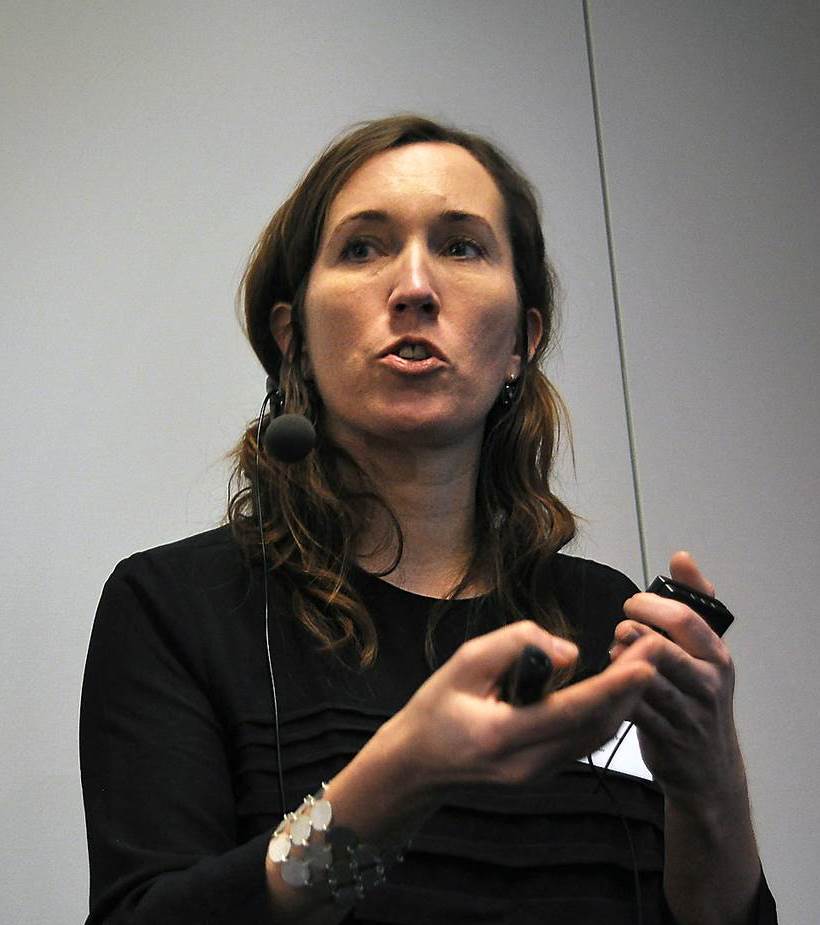Research Interests
As an ecotoxicologist my research focuses on understanding mechanisms and processes for contaminant distribution, accumulation and effects in the environment. This includes the influence of food web ecology, migration, life history traits, and biogeochemistry on (re)distribution of contaminants in the context of a changing climate. It also includes how climate change and other stressors affect the organism's response to contaminant exposure.
Research in the Borgå research group is oriented towards understanding processes of bioaccumulation in Arctic, temperate and tropical marine food webs, and effects of multiple stressors on life history traits, both in field and in lab. Chemicals of interest include both legacy and emerging contaminants, including neonicotinoids and substances from electronic waste. See links to current projects for further info.
Current PhD projects
-
Clare Andvik: Clare studies the effects of multiple stressors on Norwegian killer whales, as a part of the MULTIWHALE project.
-
Sabrina Schultze: Sabrina studies the effect of terrestrial dissolved organic matter in combination with toxicants on coastal marine zooplankton.
-
Julia Giebichenstein: Julie studies the effects of seasonality and species distribution on contaminant levels in the northern Barents Sea food web, as a part of the Nansen Legacy project
-
Julie Sørlie Paus-Knudsen: Julie studies the effects of neonicotinoids on bumlebees in the project NEOPOLL.
-
Ane Haarr: Ane studies how electronic waste functions as source of flameretardants and other contaminants in the Tanzanian coastal environment, in the project AnthroTox.
-
Silje Marie Kristansen: Silje studies how life history traits in springtails are shaped by climatic variables, while also exposed to increased stress by an anthropogenic pollutant (neonicotinoids) as a part of the project MULTICLIM.
Available master projects in Toxicology
Teaching
BIO4500 General Toxicology
BIO4530 Regulatory Toxicology
BIO4550 Ecotoxicology
BIO4331 Marine Environmental Issues



